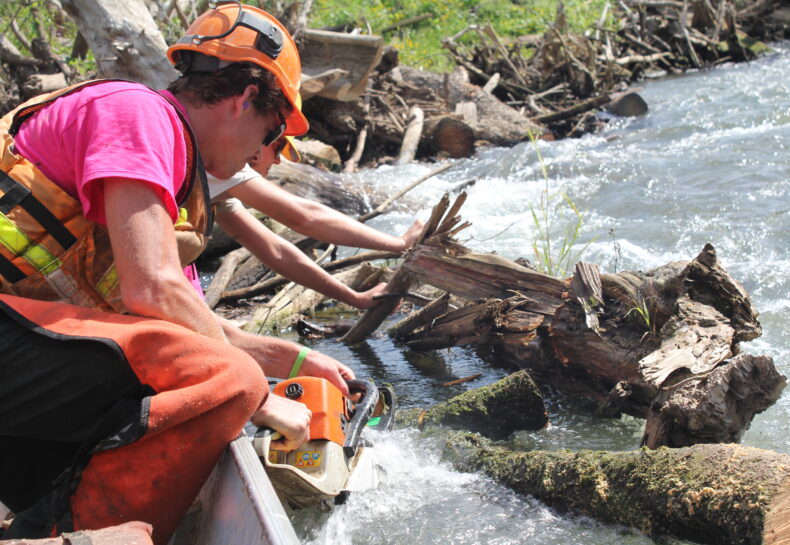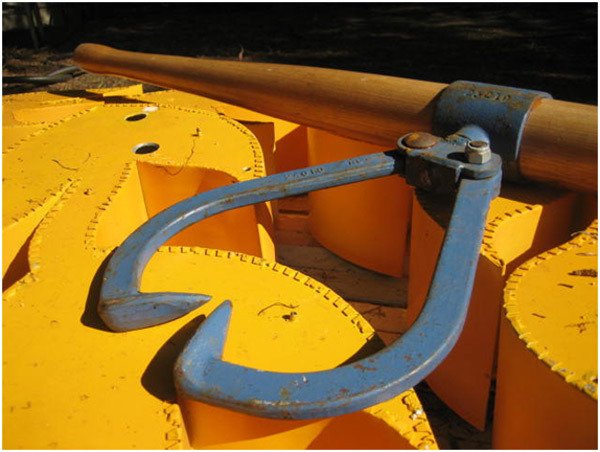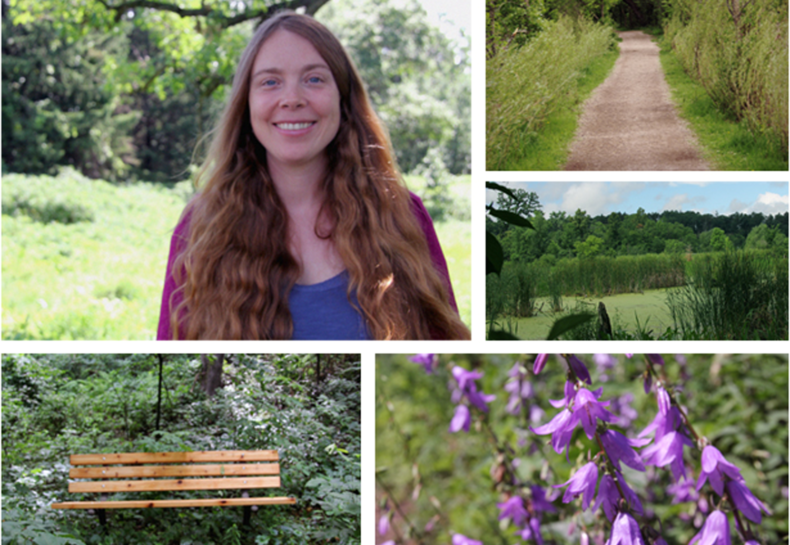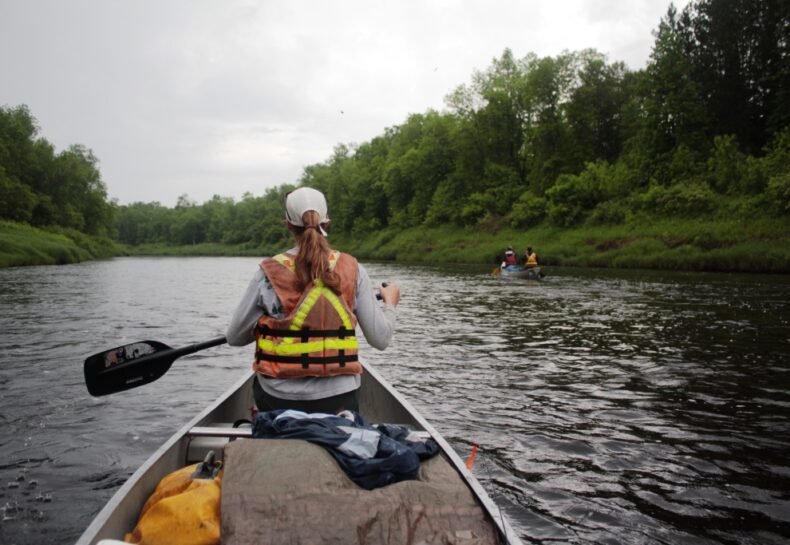Updates & Stories
An exercise in taste
“Ask not what you can do for your country. Ask what’s for lunch.” ― Orson WellesFor eight months, my crew has intensely pursued culinary adventures. We snacked on Mexican style marzipan, chili seasoned mangos and homemade pretzels. We feasted on elk, venison and bear. For lunch, we unleashed Tupperware full of bulgur salad, pesto and roasted chicken. And notoriously end the day in a frozen yogurt haze. Read More
Conserving through generations: Creating generations of travelers
With summer drawing to a close my crew and I ventured out to Teddy Roosevelt National Park for a ten day spike. The last day of the trip, barred from spraying herbicide by a misting rain, our project host took us on a tour of the north unit of the park. In the middle of the 14 mile driving loop we stopped and ran through the rain to a small lean-to perched on the edge of an impressive vista. Like so many structures in state and national parks I recognized the cut stone and well-built masonry of the CCCs. Standing dry beneath the roof and looking out into the mist I let my mind wander, appreciating the view in front of me and how it gave me a sense of place in the world and in history. Read More
Whitewater
When we first arrived at the logjam, we had already left our boats behind. Our last two river projects had involved us dragging our canoes over sandbars and rocks on rivers that have mostly dried up for the year, so we expected to simply walk up to the 250 foot logjam on the Whitewater River and dice it up quickly. With the fall drought, the water levels have been exceptionally low, but the Whitewater was churning. Read More
Dog Days
After a week long break for the 4th of July and a relaxing week spent at Baker Park Reserve, the field crews are back at work. One topic floats around every morning and every afternoon at the shops—the heat. The Romans used to sacrifice a brown dog to the star Sirius at the beginning of every July in hopes of staving off the blistering heat waves that accompany this time of year. They believed that the dog star caused the heat; hence the term “dog days.” We've since developed kinder rituals. Working outdoors for a living turns a person into a compulsive, perhaps even paranoid weather checker. But just like slaying dogs, glancing at the heat index on a smart phone every hour doesn't make the day any cooler. Water, shade, frequent breaks, and the occasional trip to an ice cream shop or a nearby lake are the best auspices. Read More
Conserving through Generations: A Hard Day’s Work is Never Do
This month I trekked up to the Minnesota History Museum in Saint Paul to tour their exhibit, “Minnesota’s Greatest Generation” and peruse historical files for information on my grandfather. While wandering through the exhibit, I found myself reflecting on the value of hard work in our society. In my memories, my grandfather is almost never standing still. Except for the few times I caught him in his big armchair reading a book, it was normal to find him out in the yard, or doing chores around the his house, or the house of a neighbor. My dad told me that the day before he died he was putting in a fence, at the age of 90. Read More
Bloodthirsty Villian
Some like to kill them in cold blood at first sight. Still few let them go unharmed, mostly due to a squeamish reaction to distance themselves as far and as quickly as possible. But have you ever stopped to ponder this monster, the tick? Read More
Beyond Buckthorn: A discussion with garden curator Susan Wilkin
Back when the snow piled at least two-feet high and winter refused to give way to spring, our Youth Outdoors Crew (YO5) was assigned a vast buckthorn removal project at Theodore Wirth Park. We spent a few days working alongside Susan Wilkins, Curator of the Eloise Butler Wildflower Garden, whose enthusiasm for the landscape was contagious. I was curious to learn more about the natural history of the area, so I arranged a meeting with Susan. Read More
Eco Rangers as told by David Rittenhouse
Interviewee: David Rittenhouse (Pictured in top right photo)AmeriCorps Youth Crew Leader Youth Outdoors/Eco Rangers Read More
Little Fork Blood Drive
“So you guys are here for the Little Fork blood drive.” Andrew, our project host, said as he led us back to his office to go over river maps with us. “The bugs are really bad at this time of year, and the Little Fork is about as remote as anything.” Read More
Snakes and Buckthorn in Southeastern Minnesota
Lately my crew has been given the task of pulling garlic mustard. Garlic mustard (Alliaria petiolata) is from the mustard family (Brassicaceae) which is related to cabbage, horseradish, broccoli, ect. You can tell it is the right plant because when you rub its leaves between your fingers it smells like garlic. Garlic Mustard is an invasive species that is detrimental to the species richness of the area because it out competes all of the native plants. Conservation Corps Minnesota & Iowa and the Minnesota Department of Natural Resources have made great strides in removing garlic mustard by manually pulling in the spring and spraying them in the fall. They are easy to spot in the fall because they stay green after most things turn brown. Read More






